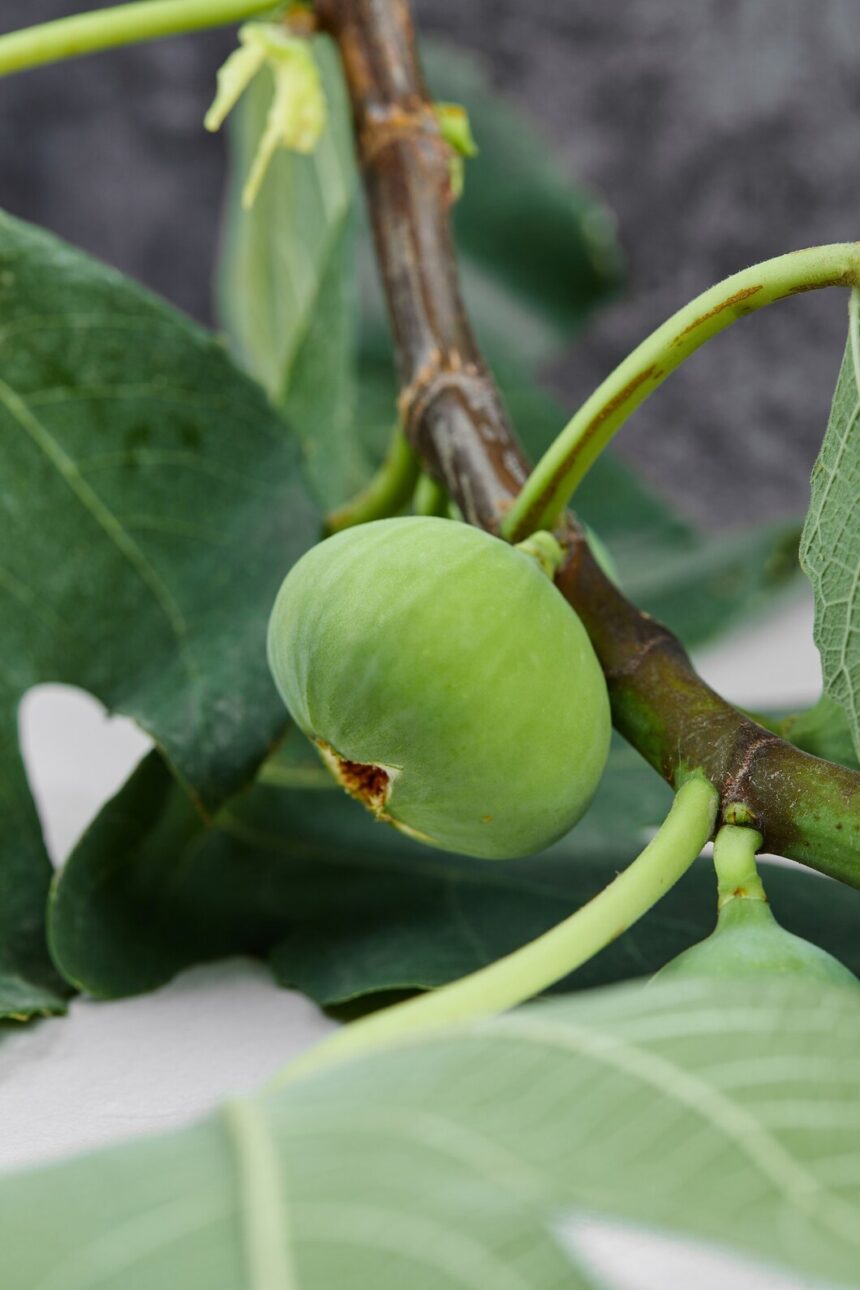Fig rust, caused by the fungus Fusicladium effusum, can severely impact fig trees if not detected early. Identifying fig rust symptoms promptly can help in managing and controlling the disease. Here are ten early signs to watch for:
- Orange-Brown Spots: One of the first indicators of fig rust is the appearance of small, orange-brown spots on the upper side of the leaves. These spots can vary in size and are often irregular in shape.
- Powdery Coating on Leaves: Look for a powdery, rust-colored coating on the underside of the leaves. This coating is a fungal growth that can spread quickly if not addressed.
- Leaf Drop: Early leaf drop can be a sign of fig rust. Affected leaves may fall prematurely, leading to a loss of foliage and weakening of the tree.
- Deformed Leaves: Figs with fig rust may exhibit deformed or distorted leaves. The affected leaves might curl or become misshapen, impacting the tree’s overall health.
- Stunted Growth: Fig trees with fig rust may show signs of stunted growth. The disease can hinder the tree’s ability to produce new leaves and branches.
- Yellowing Leaves: As the disease progresses, leaves may start to yellow. This discoloration is often accompanied by the rust spots and powdery coating.
- Premature Fruit Drop: Fig rust can also affect the fruit, leading to premature fruit drop. The affected figs might fall off before reaching maturity.
- Weak Branches: Branches may appear weak or brittle if the disease is severe. This can affect the overall stability of the tree and its ability to support fruit.
- Reduced Fruit Production: A fig tree with fig rust may produce fewer fruits. The disease can impact the tree’s ability to flower and set fruit effectively.
- Spread of Rust Spots: Watch for the spread of rust spots across the leaves and branches. If the disease is not managed, it can quickly spread, affecting large areas of the tree.
To manage fig rust, remove and dispose of affected leaves, ensure proper spacing for air circulation, and consider using fungicides as a preventative measure. Regular monitoring and early intervention are key to keeping your fig tree healthy and productive.
Join 'Farmers Mag' WhatsApp Channel
Get the latest Farming news and tips delivered straight to your WhatsApp
CLICK HERE TO JOIN






